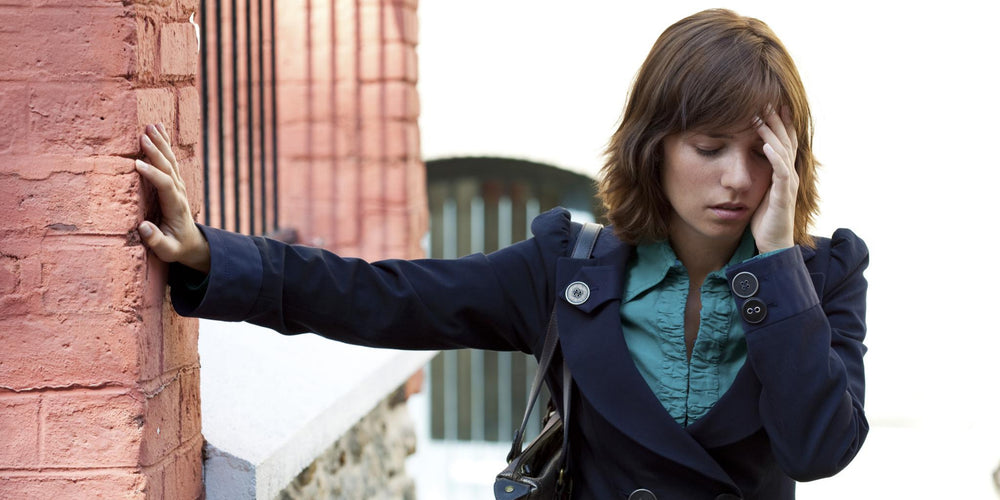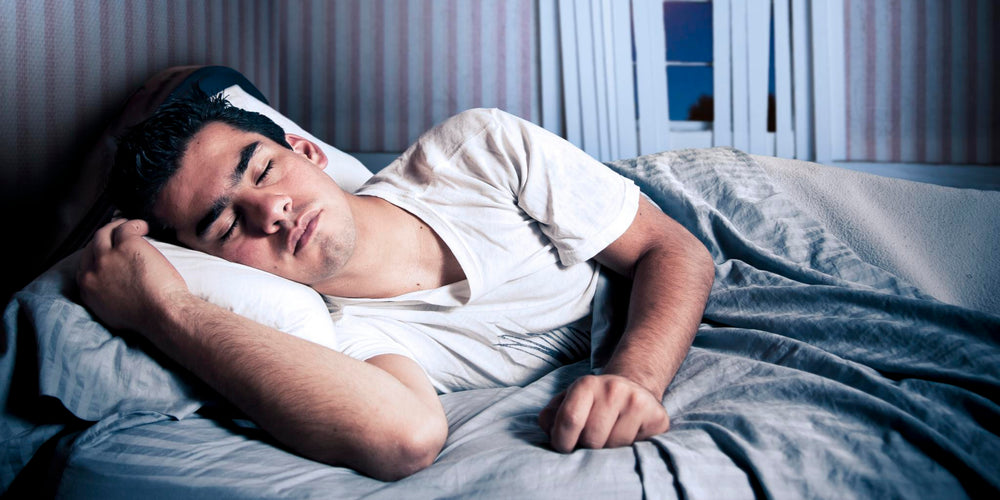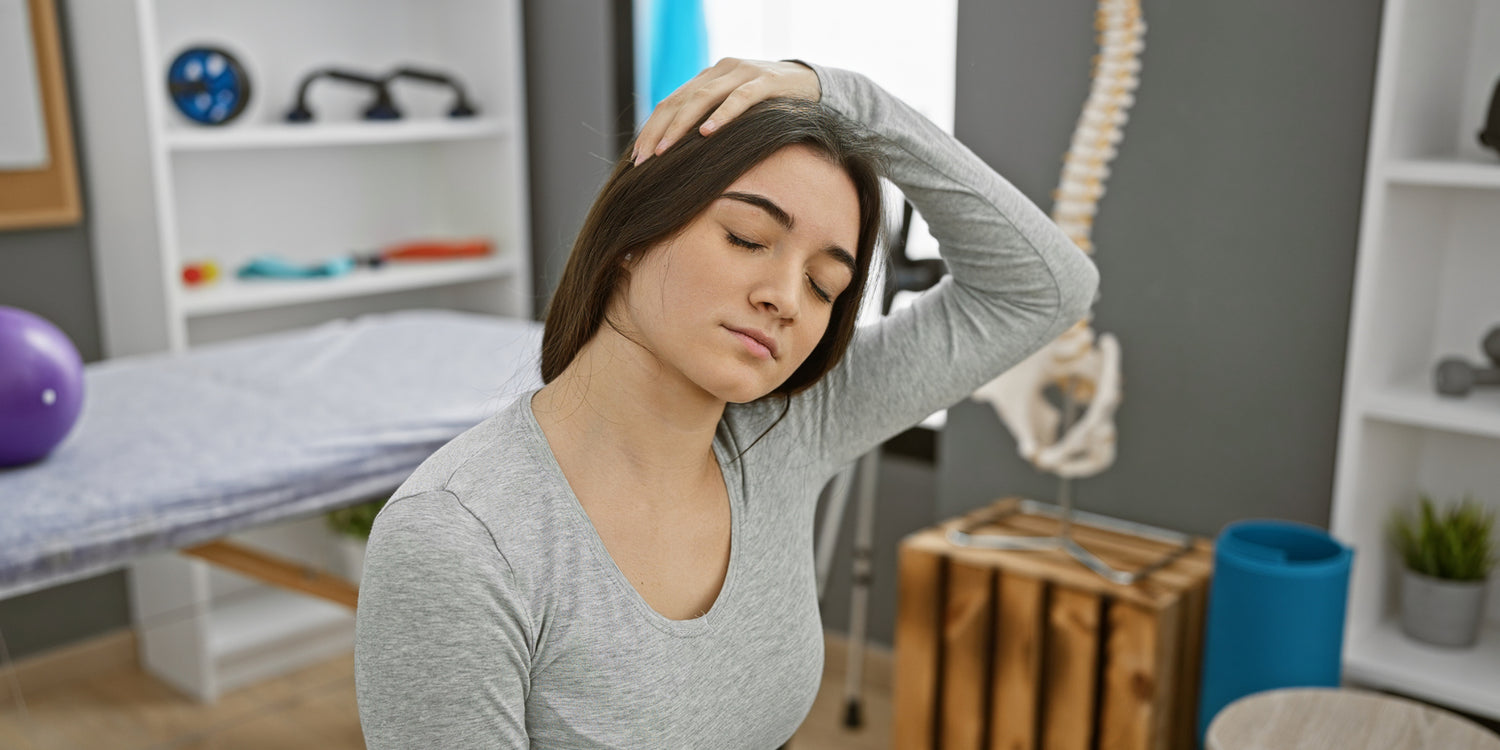Among all neurologic diseases and headaches, migraine is still under-treated and under-diagnosed, despite its prevalence of 14.4% worldwide. Aside from the usual prescription medications, migraine sufferers may turn to physical therapy, such as hot and cold therapy and soft tissue mobilization.
How exactly does physical therapy work for different types of headaches? What are the benefits of this treatment on migraines? We'll guide you through the types of physical therapy that may work for your migraines.
Types of Headaches Relieved by Physical Therapy

Studies show that there are three types of headaches that could be relieved by physical therapy, reducing the intensity and frequency of such.
Cervicogenic headaches: Known as a chronic headache often found in one or more regions of the head, it is a commonly misdiagnosed headache that could be relieved by physical therapy. Although difficult to diagnose, cervicogenic headaches often manifest as neck pain that extends to the head. This type of headache usually stems from stiff neck joints, muscle tightness, and nerve irritation. Physical therapy often alleviates the pain and muscle tightness from cervicogenic headaches, where a licensed physical therapist can work on strengthening the muscles of the neck and upper body and increase range of movement.
Tension headaches: Characterized by a "tight band around head" sensation, this type of headache is the most common type of headache, impacting 2 in 3 adults in the United States according to the American Migraine Foundation. Some factors contributing to tension headaches are poor posture, lack of sleep, and stress. Physical therapy is the most commonly used non-pharmacologic treatment, with different modes including relaxation, massages, postural exercises, thermotherapy, and stretching.
Migraines: Typically ranging from moderate to severe, migraines may last from four to 72 hours alongside vomiting, nausea, and increased sensitivity to sounds, light, and odors, as per the National Institute of Neurological Disorders and Stroke (NINDS).
How Could Physical Therapy Help?

Renpho Health Tips
-

Waking Up with a Migraine: Why it Happens and How to Prevent It
June 10, 2024
Read more >
-

When the World Won't Stop Spinning: Strategies for Managing Vertigo and Migraines
June 5, 2024
Read more >
-

Vibrate Away the Ache: Using Vibration Therapy to Manage Migraine
May 29, 2024
Read more >
-

A Beginner's Guide on How to Lucid Dream
April 23, 2024
Read more >
-

Meal Plan for Muscular, Metabolic Legs: Nutrition Tips for Leg Day
May 22, 2024
Read more >
